As it so happens this out of control looking garden wildness is part of an initiative called the All Ireland Pollinator Plan. Councils up and down the land are taking part but there are still gaps on the map so please have a read and encourage your local council to take part.
Without the pollination service freely provided by our bees and hoverflies, it would be increasingly difficult and expensive for farmers to produce some crops at current scales, and could result in a loss of consumer choice for Irish grown products. The beauty of the Irish landscape would also be affected without pollinators to maintain the diversity of our wild plants and support healthy ecosystems.
To give this some context, the annual value of pollinators for human food crops has been estimated at €153 billion world-wide and at least €53 million in the Republic of Ireland.
The real economic value of pollinators to the Irish economy is likely to be greater than currently estimated. Current evaluations don’t take into account the value of pollinators to forage crops (clovers), in pest control (e.g.,the role of hoverflies in protecting winter wheat crops), or their value to private gardeners and communities who grow a wide range of pollinator-dependent fruits and vegetables.
Maintaining biodiversity in the farm system future-proofs how the land can be used for generations to come. It is important to accept that if wild pollinator species were to be lost from the Irish landscape, they could not be replaced, regardless of monetary input.
So unless you want to live in a Blackmirror episode go out there and make your garden grow, and write to your recently elected local councilor to tell them you love the bees and want to see a pollinator patch in your park.
This Plan was initiated by Úna FitzPatrick (National Biodiversity Data Centre) and Jane Stout (Trinity College Dublin), and then developed by a fifteen member All-Ireland steering group. For more info check out their website pollinators.ie
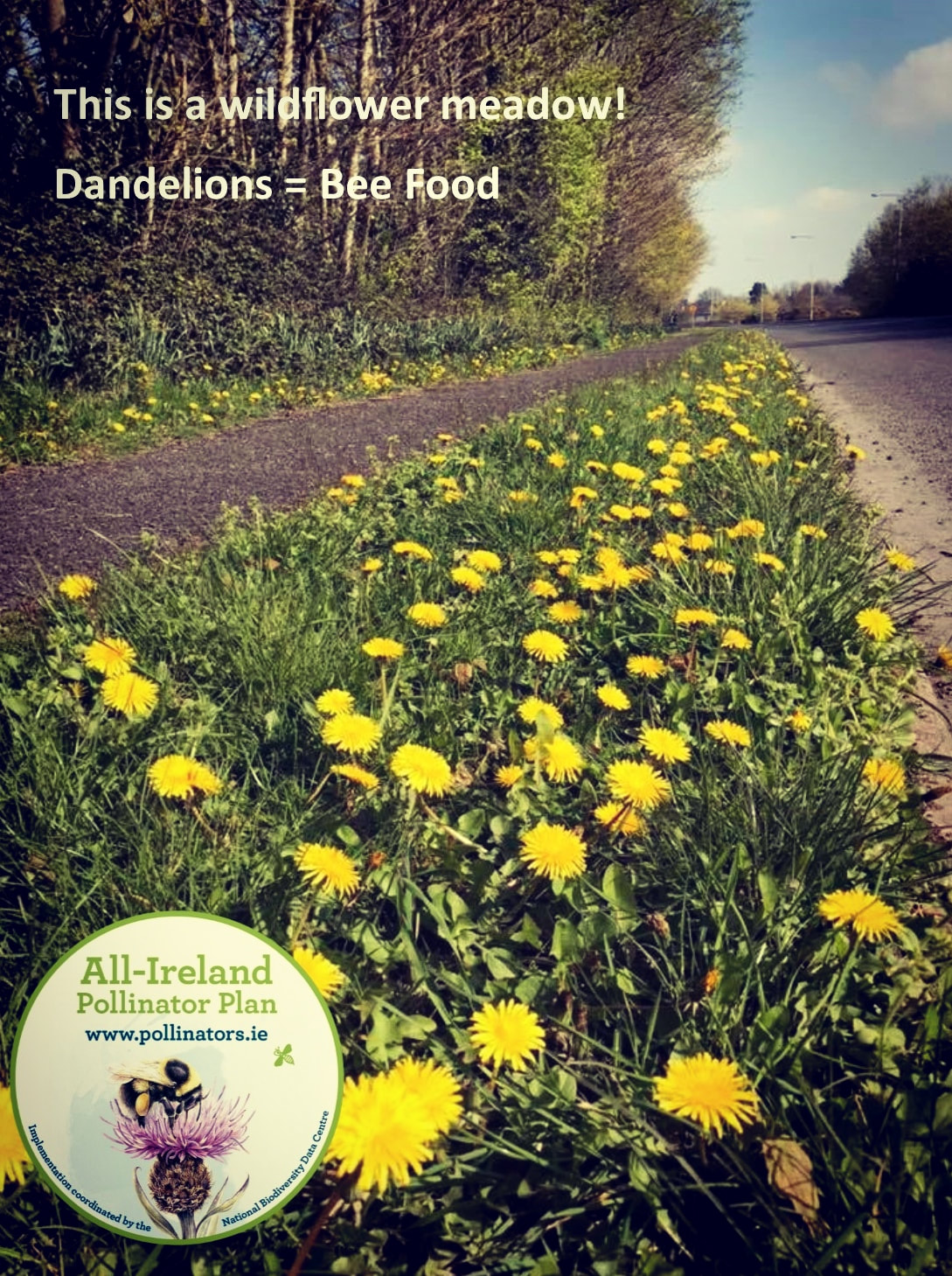
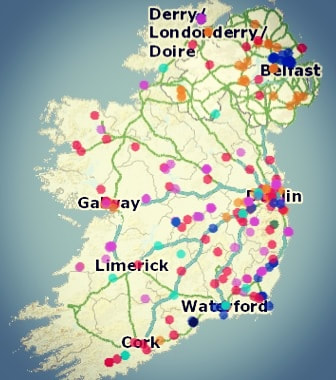
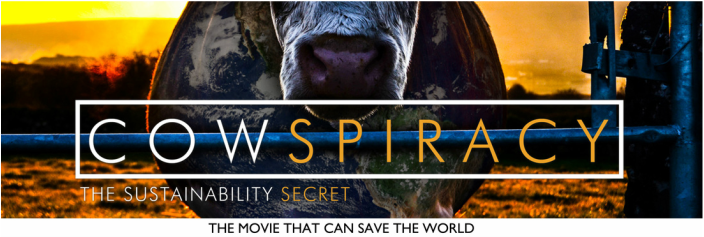
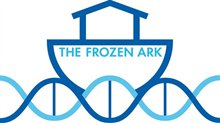
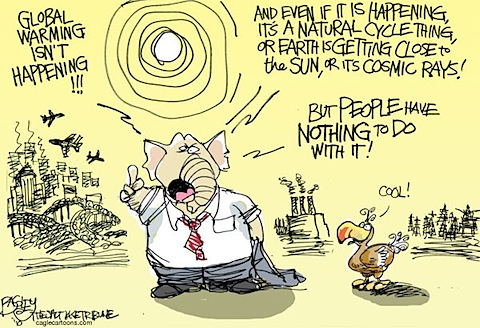
 RSS Feed
RSS Feed
